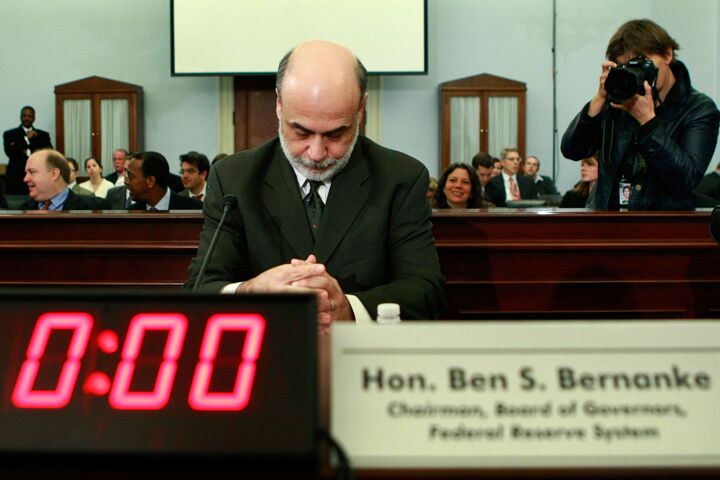
The Fed Is Not Out of Ammunition
The Fed just cut its key interest rates to the lowest level on record. The move is designed to be largely psychological, but the message it sends is distinct and unequivocal.
To combat the severe financial crisis and a recession that is already the longest in 25 years, the central bank said on Tuesday that it had slashed interest rates from 1 percent to the zero-to-0.25 percent range. Highlighting the severity of the crisis is the fact that the federal funds rate has only gone as low as 1 percent one other time since 1913. And it has never before reached the zero-to-0.25 percent range.
The federal funds rate is the interest rate at which money stored at the Federal Reserve is lent out to banks. Historically, a lower interest rate increased borrowing and helped push more money into the economy.
However, this time the interest rate reduction is anticipated to have little effect. Uncertainty and fear continue to grip Wall Street. Banks for the most part still refuse to lend to each other for fear that they might not get their money back. Similarly, these banks continue to hoard cash, and are actually reining in lending to consumers and businesses.
The Federal Reserve for its part knows that the rate reduction will probably have little effect, since banks were already refusing to lend despite incredibly low federal borrowing costs.
But the Fed was sending a message by dropping rates to virtually zero.
According to the Associated Press, the announcement was a pledge to let the market know that the Federal Reserve stood ready to use a “variety of unconventional methods to flood the banking system with credit ….” “[A]ll available tools” will be used, said the Fed announcement.
It’s those unconventional tools that Americans should now be worried about.
So what happens next? According to the Wall Street Journal, “it is fast becoming time for investors to read again [Federal Reserve Chairman Ben] Bernanke’s speeches in 2002 and 2003 on the subject of combating falling inflation. In these speeches, the Fed chairman outlined how policy could evolve once short-term interest rates get to near zero. A key focus in such an environment will be to bring down long-term interest rates, which help determine the rates of mortgages and other debt instruments. This would likely involve in practice the Fed buying longer-term Treasury bonds.”
Stated another way, if Bernanke holds true to his word, America may be about to plunge head first into the realm of overt fiat money creation. In an effort to influence the market and stimulate the economy, the Federal Reserve will be stoking the digital money printing presses in record fashion. The wsj continues:
It would seem fair to conclude that a Bernanke-led Fed will follow through on such policies in coming months if, as is likely, the U.S. economy continues to suffer …. Such actions will not solve the problem but will merely compound it, by adding debt to debt.
In this respect the present crisis in the West will ultimately end up discrediting mechanical monetarism—and with it the fiat paper-money system in general—as the U.S. paper-dollar standard, in place since Richard Nixon broke the link with gold in 1971, finally disintegrates.
The dollar, just like all currencies today, is fiat. Nothing tangible backs its value—just confidence that governments will manage the supply honestly. That is why governments generally avoid indicating that they are going to embark on a money-creating binge—lest they turn their currencies into scorned pariahs reminiscent of Weimar Germany’s mark. But the Fed is getting desperate. The conventional interest rate cuts have not worked. So now it is time for the unconventional methods.
And that should deeply concern us all, because it could completely destroy the dollar.



